Parents across the country will be home-schooling for the first time, so we asked education experts Dr Dave Cudworth, head of DMU’s Education Division, and Talitha Bird, programme leader for BA (Hons) Education Studies for their advice and ideas to home school primary school children.Dr Cudworth said: “With a little creative thinking you can do this, and provide a home-schooling experience that fits in with you and your daily routines and something that both you and your children will enjoy. Enjoyment is the goal for everyone.”
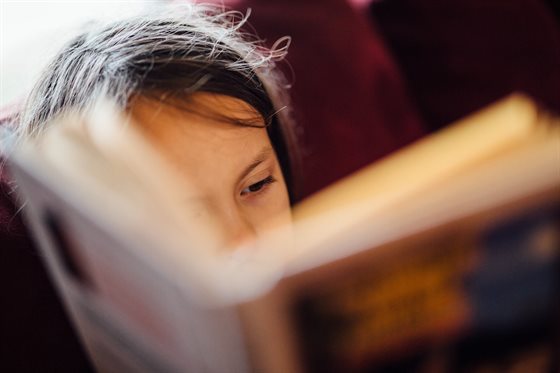 The Focus
The Focus We recommend that the daily learning experience you provide your child or children should loosely focus on reading, writing, mathematics as well as your child’s love of learning in creative ways. Remember: many everyday activities involve learning these skills and developing this knowledge naturally.
To be honest, home-schooling can become a great way for you to relate learning to the real world as well as provide you with the opportunity to get to know what your child knows, and what they enjoy; let your child become the teacher!
Thinking creatively will help you and your children enjoy the experience much more, than solely focusing on a set of school or on-line lesson plans.
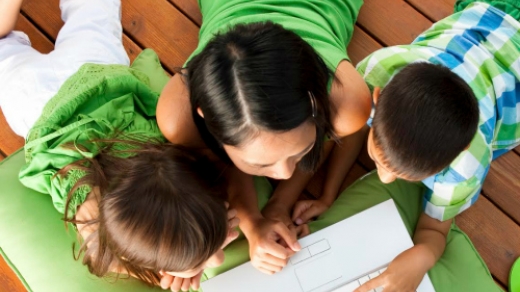 STRUCTURE THE DAY
STRUCTURE THE DAYAlthough it is important to establish a clear structure to the day, it is equally important to be flexible with this, and build in breaks and lunch, which children could help to plan and prepare with you.
A great activity at lunch time is to maybe get your child to plan their own lunch (Design Technology), and when they come to make it get them to look at food labels and think about which country the foods are from, maybe look them up on a map (geography); the air miles (environmental geography) and the nutritional information (Food Technology and healthy eating).
Cooking? Get them involved in measuring quantities and even ratios (mathematics; science – dissolving, evaporation).
Remember breaks are important, and children should be encouraged to play games and do what they want during this time. If you are lucky enough to have a garden, or able to take the children out for daily exercise, think about their physical development; maybe running, cycling etc (P.E.).
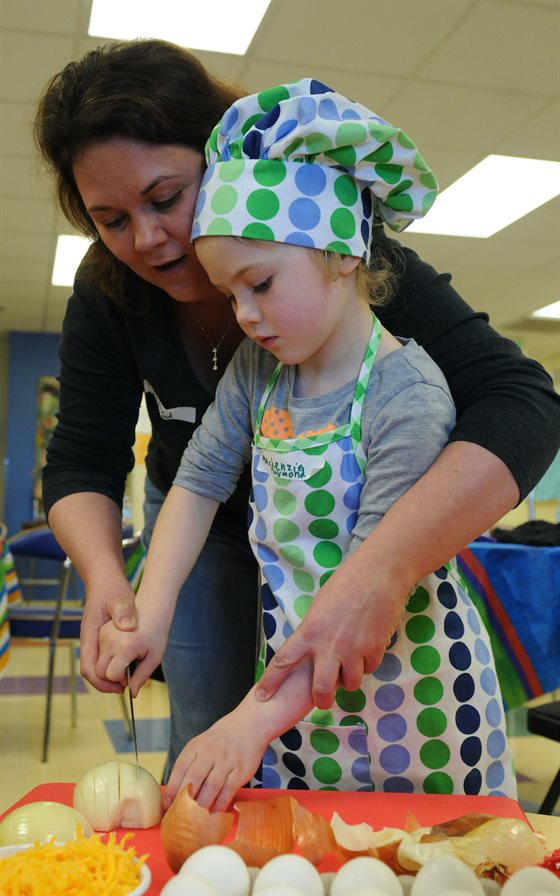
Now the weather is warming up and spring is here, whilst walking around the neighbourhood draw attention to the trees, buds and flowers and take photos which can be used to identify species and research them back at home (science).
Photos can also be used at key stages of the walk which can then be used to plot the journey on google maps back at home and discussions about what is in the local environment (geography). Talk about all the shapes you see on your walk, look at patterns and angles (mathematics).
If you do not have ready access to a garden, then maybe try spotting different things from the window, create a wildlife bingo card perhaps, where children cross off the different birds, animals, trees, plants, weather conditions.
The day needs to have a clear start and a clear end; so maybe start each day with something similar and end the day in the same way; this will aid the structure of the ‘learning’ day, allowing children to switch on and switch off from ‘school’. If you are working on something that your child clearly enjoys, then do not be afraid to go with it, let them decide when they want to stop.
If you have older siblings, then get them involved in supporting their younger brothers and sisters, this will help all involved to develop their understanding and knowledge. Listening and watching what your children are all doing, will give you time to think where you might want to take their learning next, and research some options to build on what they have been engrossed in.
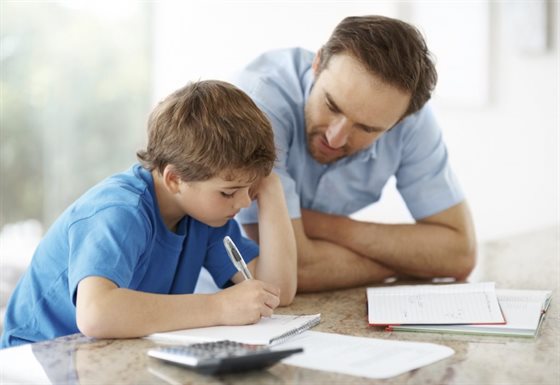 DISCOVER YOUR CHILD’S LEARNING STYLE
DISCOVER YOUR CHILD’S LEARNING STYLE
It may also help you to discover how your children prefer to learn, which can help you when planning new activities, and possibly avoid too many confrontations. This could help you decide when and how to include some of the set lesson plans the schools have provided and slotting them in as necessary, particularly for the older children.
Do not forget board games are a great way to learn many skills; particularly relating to mathematics with dice games and card games (these can also be found on line). You could even get your child to make their own board game, which could become their project (Art and Design Technology).
STARTING THE DAYFirst things first, sit your children down and plan the day together over breakfast. That way everyone will understand their expectations for the day and be clear about what they will be doing.
A good way to mark the start of each day is with a story (literacy), which you could read aloud, and get the children to follow (depending on their age); or this is something that could mark the end of the day.
Get the children to take turns in reading aloud and get them to predict what may happen next, you could even set up a story-time group with friends and family being ‘virtual guest’ readers. If video calling is not available, then use a regular call and put the phone on loudspeaker. This could naturally lead into some writing about the story; or acting the story out; drawing characters; making puppets; or even making their own book as part of a project, with pictures and writing added each subsequent day. Provide an opportunity for your child to share this when they feel ready to.
Find an accompanying film, documentary or TV programme, for them to watch after the book, or before you start the book. This is especially beneficial if the story involves periods of time or places or activities that your children may not be familiar with. For example, Doctor Who has some great storylines which link to historical events, or maybe a David Attenborough or Steve Backshall or Bear Grylls programme to help your children understand what it is like in desert or a jungle etc. You can use these types of resources to support an ongoing project or to start children thinking about key aspects such as how they would feel if they were in these environments, what they might see and hear, what would present the greatest dangers and rewards.

You can also use audio books, or log onto David Walliams’ website to hear him read his books. There are also more structured learning programmes you and your children can dip into, such as BBC Bitesize, or the ‘Free Celebrity Classes for Kids in Lockdown’.
BUILD A STORY BOX Story boxes are also a good way to provide a story stimulus, that your child could act out at the end of the day.
Simply collect a variety of items and put in a box (it’s a good idea to decorate the box, maybe with some old Christmas paper; children will be excited to see what is inside) or a bag if you do not have a box. Children then open the box or bag and use the items to organise and tell a story. Think about characters, setting and plot. Depending of the age of your children and availability of digital devices, they could perhaps use one of the free Apps to create stop animation, and recreate their stories using toys or Lego or drawn characters.
They could also create a mini-film using one of the free Apps that come with most smart phones/tablets, or just create a film using video functions on the devices. Which could also be shared with family and friends, or perhaps use a video call to act out the story for those family members the children cannot see face-to-face at the moment.
ADDING UPYou could even start the day with a mathematical problem, making it creative and fun. For example, you could produce a series of numbers/fractions/decimals on a piece of paper and get your child to write them as words; multiply each number by 2 or 5 or 10; order them smallest to largest; find the multiples of 2, 4, 6 and so on; find all the odd numbers and even numbers; add/subtract/multiply/divide numbers together; find 10% of each number; multiply each number by 2, 5, and so on; find the average.
Use old shopping receipts to add up items; go to shopping sites and work out percentage discounts and shopping list totals for older children. A great project would be to allocate a certain budget and the child makes a list of what they want for their bedroom pricing up items from websites, like Argos, Curry’s, Dunelm etc.
Maybe even start the day with times table practice and make a set of timetable cards – on a piece of paper, or better a piece of card, write out each calculation e.g. 1x6, 2x6, 3x6 and so on; cut these out and on the back, write the answer. Then re-use cards each day, holding them up with the calculation and children call out the answer. Go around the house and measure items and convert from mm to cm; cm to metres etc. Create 3D objects using different materials such as: Lego, cardboard, paper or maybe something edible like cake!
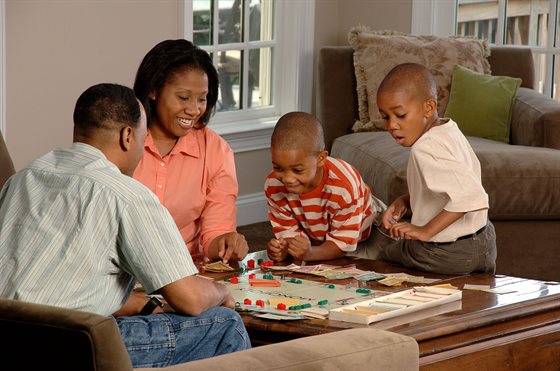 ENDING THE DAY
ENDING THE DAYTowards the end of the day you should spend some time reflecting and talking about what has been learnt (speaking and listening). This will provide your child with an opportunity to realise that they have learnt something, building their confidence and motivation as you go along each day.
You could encourage your children to keep a journal about what they enjoyed about the day, what they have learnt, and what they want to do next; then pick this up the next day during the breakfast briefing. This could be their daily writing task, which will show you how their writing is progressing. You could provide 10-30 minutes (depending on the age of the child) before the end of the day (and final story) for this task. This will provide children with ownership of what they are learning and getting them to think about what they want to do next with this learning. They could also use this journal to talk to their friends about what they have been doing.
KEEP IN TOUCH
Keeping in touch with friends at this difficult time for them is important for all children and you could perhaps organise with other parents a certain time of the day, they can catch up with each other, and even do activities together via the variety of social media platforms available (collaboration).
They could even share this journal with their teachers on their return to school, so teachers can see what they have been up to. Remember a journal can be a written document, a photographic journal, a graphic novel style, or maybe a blog or video journal, or a mix of many styles, the key thing is to let your children decide and let them take ownership, let them tell their story, their way.
DON’T BEAT YOURSELF UPThis is a real opportunity for you to create a child-led approach where your children feel in charge of their own learning. By controlling their own learning children become more motivated and will appreciate the experience much more.
Do not stress, you are not a teacher, you are a parent, so enjoy this unexpected time you are able to spend with your children and get pleasure from it, and remember, if an activity is not working or people are getting stressed, then stop, take a break and move on to something new.
Find out what family and friends are interested in/skilful at and ask them if they would like to be a ‘virtual guest teachers’; it doesn’t have to be maths and literacy. Many of us feel overwhelmed supporting our children with their homework, and the prospects of home-schooling feels increasingly daunting, remember, this is an opportunity for you and your children; do what you can and take help that is offered.
Talk with other parents and find out what they are doing, and support each other – you can do this!
Good Luck!
Posted on Wednesday 22 April 2020